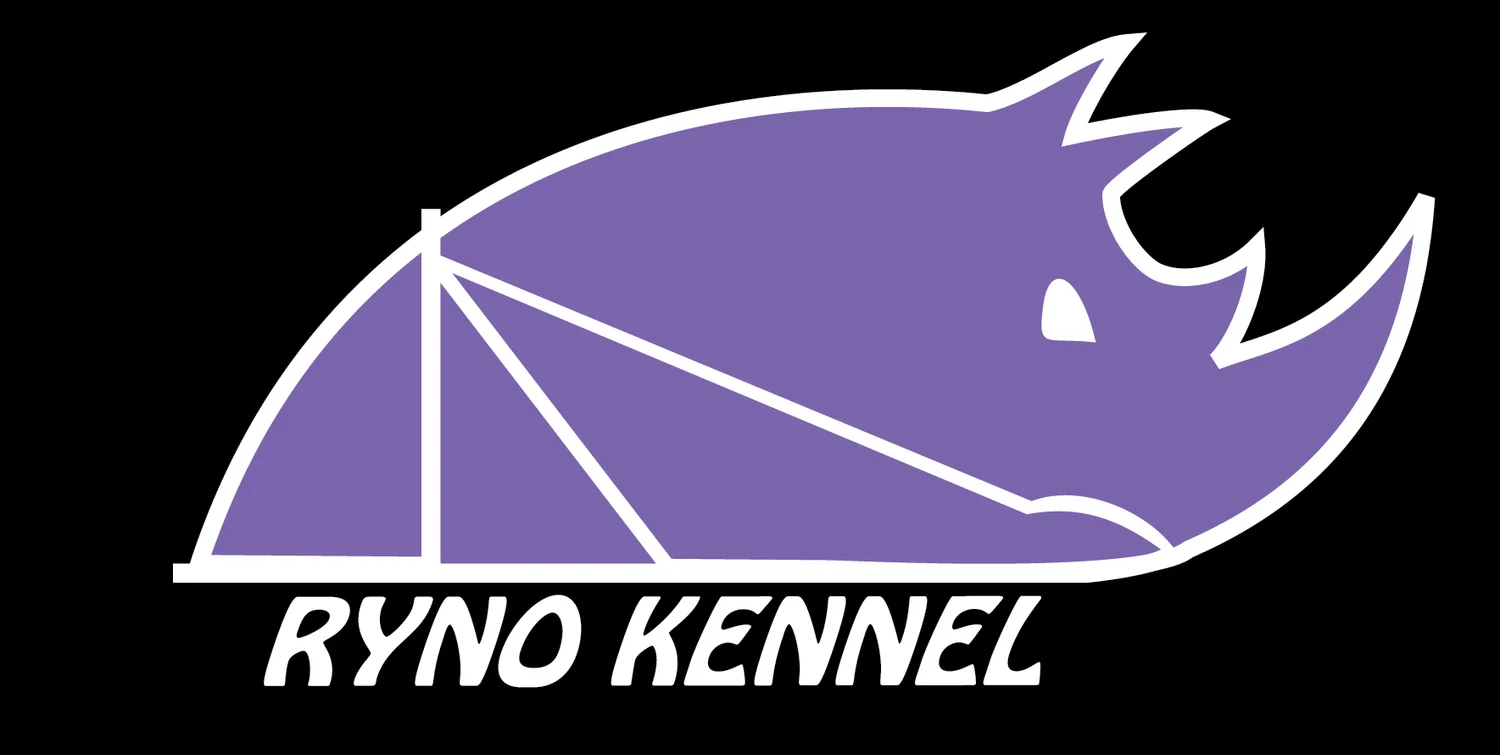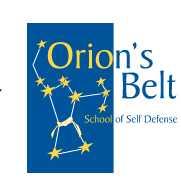First Snow! And an update.
/We have received the first snow of the season in Two Rivers! One day we’re planning to go pick lichen for the reindeer, then BAM! We wake up to fresh snow! So while our lichen collecting adventure was foiled, the dogs were ecstatic about the cooler temperatures and fresh, soft snow on the ground.
We’re currently training three teams: two adult squads and one team of young guns. Since the young guns team is really only seven dogs (Tobin, Rose, Watson, and Sherlock coached by Rucu, Ham, and Crunch), we rotate the race dogs into the youngster team so that they all have an easier training day occasionally. The two adult teams tend to be divided based on each dog’s location in the yard, but otherwise, no choices have been made yet for A Team versus B Team. Training schedules can vary from two days on/one day off or one day on/one day off.
And then we have TWELVE puppies!
Fly, Spit, and Fox all live in the yard with the big dogs now. Every day, they go for a loose run totaling about five miles by ATV. The puppies, of course, probably run double that distance as they dart through the woods, run back and forth, and chase each other down the trails. These three are the sweetest. Without any training on our parts, the Fire litter knows to run back to their houses at the end of the run.
The Cheeses and Office litters also get walks every day. For most of their lives, they have lived in two separate pens: the Cheese litter in one and the Office litter in the other. Recently, we’ve had to get creative and separate the three boys in the Office litter. Big Tuna, Mose, and Dwight are FEISTY. Tensions started running a bit high between the three boys, and they were getting scrappy. I have never had a litter of puppies get in such squabbles. To settle things down, we separated the boys (one in each pen) with the other puppies dispersed randomly. But then the Cheese litter (who are all very attached to each other) were quite upset to be living in separate pens. The current solution? Holly and Mose in one pen, Dwight and Beesly in another pen, and the Cheeses and Big Tuna in the largest pen. Phew. So many personalities!
Are any Ryno Kennel followers also Office fans? You’ve probably guessed that I’m a big fan of the Office based on the fact that the youngest litter is named after characters from the show. A bit of back story- I’ve always loved to watch the Office, and then a few years ago, Paige Drobny told me how she has it downloaded onto her iPod and listens to it to help her fall asleep during races . She doesn’t need to watch the show. Just the soundtrack puts her in a good, happy headspace as she falls asleep. Hm… I had never considered doing that! While I don’t listen to the Office on the trail (mostly because I’ve been too lazy to download it) The Office has become a major crutch for my brain in every day life. If ever my brain is caught in a silly anxiety trap that I know is highly irrational but I can’t break the loop (I’m sure many of you can relate), then I pop on The Office and listen. It’s dry humor and sometimes a bit crass. But at the end of the day, all the characters still care for each other. So here’s to the Office Litter!
The below is a video of Dani at the Outpost Cafe bringing hot London Fogs to Kalyn and I as we passed by the Two Rivers Outpost! Thanks DANI! You can see Louie, Bert, and Ernie wanted to go say hi!



















